In June 2023, Buffalo Niagara Waterkeeper received funding from the National Oceanic and Atmospheric Administration (NOAA) to create a community-driven, watershed-wide Scajaquada Creek Restoration Plan.
This plan will serve as a resource for future decision-making by providing a technical overview of the current conditions and projects along the creek. This includes advancing two projects identified from prior engagement/planning projects with the intention that they could be ready for near-term implementation, and identifying additional areas for ecological restoration and revitalization throughout the watershed. The plan will be completed by June 2026.
Project Partners
Learn about our partner organizations
BNW recognizes that our work is a small part of the larger work that is happening throughout the Scajaquada Creek corridor, and we understand that it takes more than one person, group, or organization to make a real change. We are partnering with other community members, leaders, and organizations with a footprint in the creek corridor. Our awesome partners include:
Community Advisory Group
Purpose of the CAG
The Community Advisory Group (CAG) plays an active role in the creation of Buffalo Niagara Waterkeeper’s Scajaquada Creek Restoration Plan. CAG Members, representing Scajaquada Creek watershed residents and stakeholders, are shaping decisions made during the creation of the plan. CAG Members are ensuring that the plan’s creation is as transparent and accessible as possible and driven by the needs and concerns of those closest to the creek.
Purpose of the CAG:
-
The CAG is devising strategies and assisting with implementation of community outreach and engagement to build public and community support for the Restoration Plan
-
Creating community awareness and interest in Scajaquada Creek Restoration
-
Providing a forum for resident and local stakeholder input into waterway restoration efforts, such as identifying creek focused issues important to the community, and providing feedback on potential project alternatives
-
Reviewing and providing feedback on the Scajaquada Creek Restoration Plan.
Meet the Community Advisory Group Members










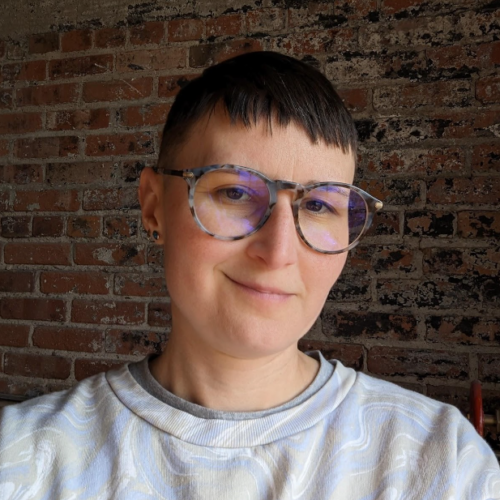



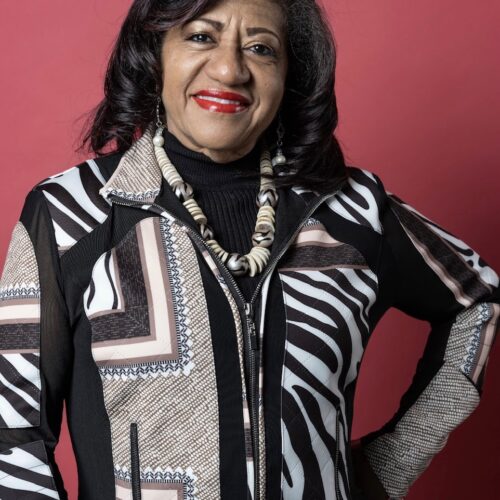
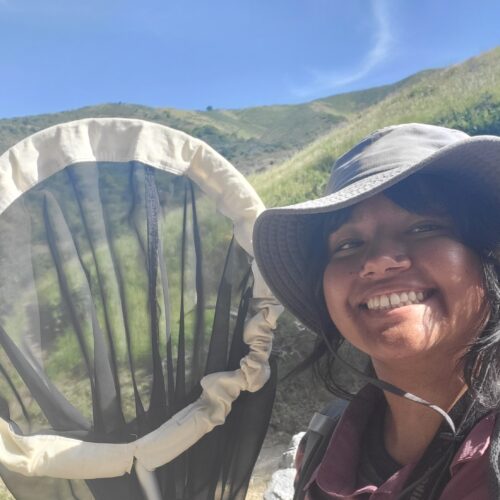

Friends of Freedom Park.







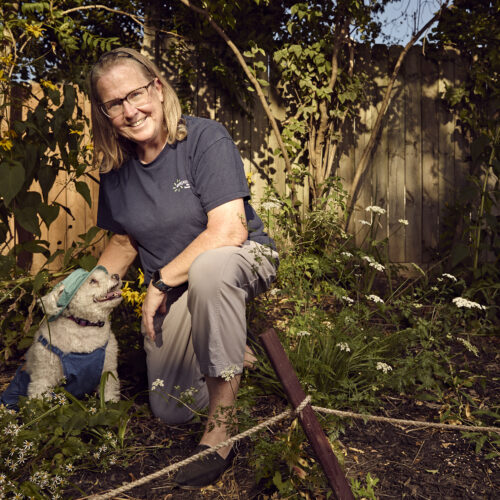

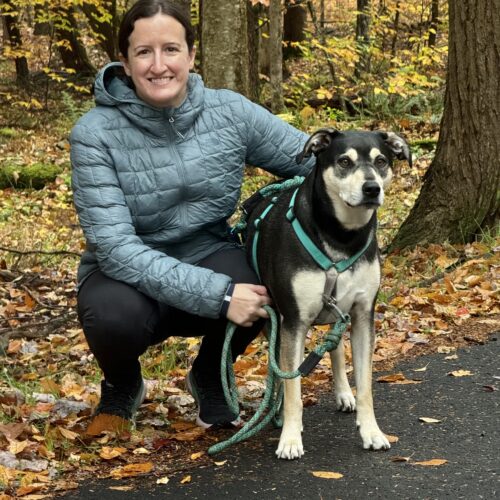



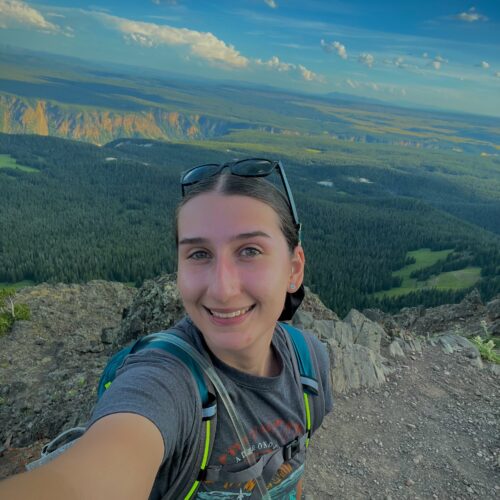





Project Updates
2025 Overview
Community Advisory Group — The CAG met in February to begin identifying areas throughout the watershed that members are most interested in learning more and seeing restoration projects take place. CAG Members will reconvene for their another meeting in October.
Literature Review — Historical documents related to Scajaquada Creek, including documentation from from past and current restoration work across the watershed, are now available on our website below.
Local Agencies & Municipal Outreach —BNW continues to coordinate with local agencies, elected officials, municipalities, and other local nonprofits regarding this project. The Feasibility Study for ecosystem restoration in the Town of Cheektowaga, led by the U.S. Army Corp of Engineers, was released in 2024 and Cheektowaga Town Park was identified as the first site to move forward with restoration. Learn more about the public meeting held in June and next steps here: Feasibility Study.
Scajaquada Creek Restoration Planning Consultant — BNW selected a consultant to lead the development and completion of the restoration plan for Scajaquada in summer 2025. The consultant will begin work in September and complete the plan in summer 2026. Stay tuned to our calendar for upcoming events and opportunities to join us in this exciting process! Events Calendar
Volunteer Opportunities — Join us in keeping Scajaquada and all our waterways clean year-round by participating in a Solo Sweep in your neighborhood. Solo Sweeps can be done anywhere, anytime where you remove trash and collect valuable litter data to support clean water advocacy. Learn more at BNW Cleanups and sign up for our BNW Newsletter!
2024 Overview
Community Advisory Group — At the end of 2023, Buffalo Niagara Waterkeeper opened “interest forms” for the Scajaquada Creek Restoration Plan Community Advisory Group (CAG). We had 94 candidates submit interest forms. With the help of our community partners, BNW reviewed and offered a position and stipend to 25 candidates in January 2024. On Feb. 1, a truly diverse and representative group of partners, collaborators, and CAG members met for the first time together at the Parkside Lodge to get to know each other and the project. The energy as folks left was awesome and we are looking forward to the next steps in the process. Check out their bios below. Many of the members participated in a Scajaquada Watershed Tour in October 2024, where we stopped at each section of the watershed to learn about challenges and opportunities throughout the creek.
Literature Review — Our team worked throughout 2024 to research and compile historical documents, including planning, restoration, and remediation projects and work that has identified existing & historical conditions along the creek. We have reviewed the 2002 Scajaquada Creek Watershed Management Plan to identify gaps and information that needs to be updated. Research continued throughout 2024 to gather these resources, which are now available on our website (below). These resources will help to inform the final restoration plan, as well be a resource for future planning and development.
Local Agencies & Municipal Outreach — BNW began this project by coordinating with agencies, elected officials, municipalities, and other local nonprofits regarding this project. In addition to our partner organizations for this work, BNW connected with GoBike Buffalo (a non-profit that is leading the development of a bike path over the buried section of Scajaquada Creek), representatives at the City of Buffalo, Town of Lancaster, and the Town of Cheektowaga, Clean Air Coalition (a non-profit that leads the community to organize a remediation site above the buried section of Scajaquada Creek), Buffalo Niagara River Land Trust (a non-profit landowner along Scajaquada Creek), Erie County, and many others. Additionally, BNW continued coordinating with the Scajaquada Corridor Coalition, the New York State Department of Environmental Conservation (NYSDEC), and the United States Army Corp of Engineers (USACE), which leads the Feasibility Study for ecosystem restoration in the Town of Cheektowaga.
The Spring Sweep — Each year we coordinate our largest, most impactful volunteer event of the year – the Spring Sweep! There are over 35 sites for the Sweep, with five to 10 locations along Scajaquada Creek. Each year Scajaquada sites continue to have the highest amount of trash due to its geography in the most densely populated area of WNY. Join us in keeping Scajaquada and all our waterways clean year-round by participating in a Solo Sweep in your neighborhood to remove trash and collect valuable litter data to support clean water advocacy. Learn more here — BNW Cleanups
Outreach and Engagement Strategy — Following the first CAG meeting in February 2024, CAG members filled out a worksheet about an Outreach and Engagement Strategy to identify strategies for building community support to raise awareness and interest in Scajaquada Creek restoration. This strategy outlines the importance of creating a restoration plan for the creek and how we plan to reach this goal through partnerships, public engagement throughout the watershed, and community-led plan development. View the plan below.
An Overview of Scajaquada Creek
The Scajaquada Creek Watershed is an area of land covering 29-square-miles, starting in Lancaster and flowing out to the Niagara River in Buffalo. Scajaquada Creek is a highly impaired waterway in a densely populated area (over 100,000 people) that hosts a resilient ecosystem and provides the backbone for many valuable public green spaces. BNW is dedicated to continued work with our partners, decision makers, and communities most connected by the creek to create a watershed-wide restoration plan to serve as a resource for decision making that prioritizes protection and habitat restoration in this waterway for future generations.

Scajaquada Creek Documents
Learn more about the history of Scajaquada Creek, view past planning documents, and see renderings and maps associated with the waterway.
Government Districts in the Creek
Scajaquada Resource Library
Watershed Project Highlights
1. Scajaquada Expressway Downgrade
Over 18 months of research, planning, and community outreach led to the “Preferred Scenario for Region Central” downgrade.
The Preferred Scenario was shared with the public in 2023 and represents a range of possibilities for the future of mobility in the corridor.
2. Army Corp, Feasibility Study
This study aims to identify opportunities for ecosystem restoration within the creek’s watershed to enhance or offset the footprint of a historic federal Flood Risk Management project in the Town of Cheektowaga.
3. Town of Cheektowaga Consent Order
The Town of Cheektowaga is required to improve and modernize its sewage treatment system to reduce sewer overflows that result in raw sewage draining into area waterways, such Scajaquada Creek.
4. USDA Tree Grant
Action items for this grant call out the need to plant trees in disadvantaged communities. This includes areas that will overlap the Scajaquada Creek corridor.
5. Waterfront Revitalization Plan
The City of Buffalo Local Waterfront Revitalization Program is a locally prepared comprehensive land and water use plan for the city’s natural, public, and developed waterfront resources along Lake Erie, Hoyt and South Park Lakes as well as the Niagara and Buffalo Rivers and Scajaquada and Cazenovia Creeks.
6. Niagara River Greenway
The Niagara River Greenway Plan was created as a result of a relicensing settlement with New York Power Authority. Funds may be available for Scajaquada Creek projects.
7. GOBike, East Side Trails
GOBike Buffalo is leading a planning project to connect residents of Buffalo’s East Side to the existing system of trails – such as the existing off-road Scajaquada Creek path in Cold Springs – greenways, and on-street bicycle facilities in Buffalo, along with investments in safe infrastructure within East Side neighborhoods.
8. Great Lakes Remedial Investigation
The Great Lakes Legacy Act Remedial Investigation/Feasibility Study is a project initiated under the Great Lakes Legacy Act to address the problem of contaminated sediment in areas of concern around the Great Lakes. The section of Scajaquada Creek within the City of Buffalo is one such area designated as an area of concern due to historical industrial activities that have led to contamination of its sediments.
9. Buffalo Sewer Authority
The Buffalo Sewer Authority’s Combined Sewer Overflow Long Term Control Plan outlined a multi-year plan for implementing projects to reduce overflows in the sewer collection system.
10. BNW, Coastal Resiliency Study
Buffalo Niagara Waterkeeper is working on a study to assess shoreline resiliency, flood potential and asset risks along the City of Buffalo shoreline on Lake Erie, the Niagara River, as well as the lower reaches of the Buffalo River and Scajaquada Creek
11. BNW, Restoration Planning Project
BNW received funding from NOAA to lead the development of a community-driven, watershed-wide Scajaquada Creek Restoration Plan. This plan will serve as a resource for future decision-making and identify additional areas for ecological restoration and revitalization.




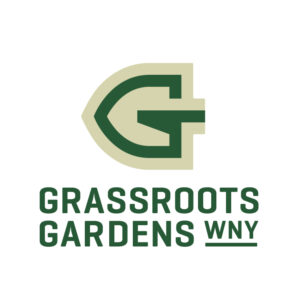 Grassroots Gardens WNY
Grassroots Gardens WNY Black Rock Riverside Alliance
Black Rock Riverside Alliance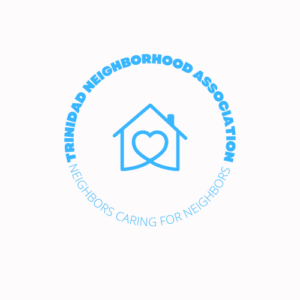 Ms. Ellen Harris-Harvey, President of Trinidad Neighborhood Association
Ms. Ellen Harris-Harvey, President of Trinidad Neighborhood Association BWELL/Buffalo Women of Environmental Learning and Leadership, Inc.
BWELL/Buffalo Women of Environmental Learning and Leadership, Inc. Buffalo United Front
Buffalo United Front Friends of Freedom Park
Friends of Freedom Park U.S. Fish & Wildlife Service
U.S. Fish & Wildlife Service